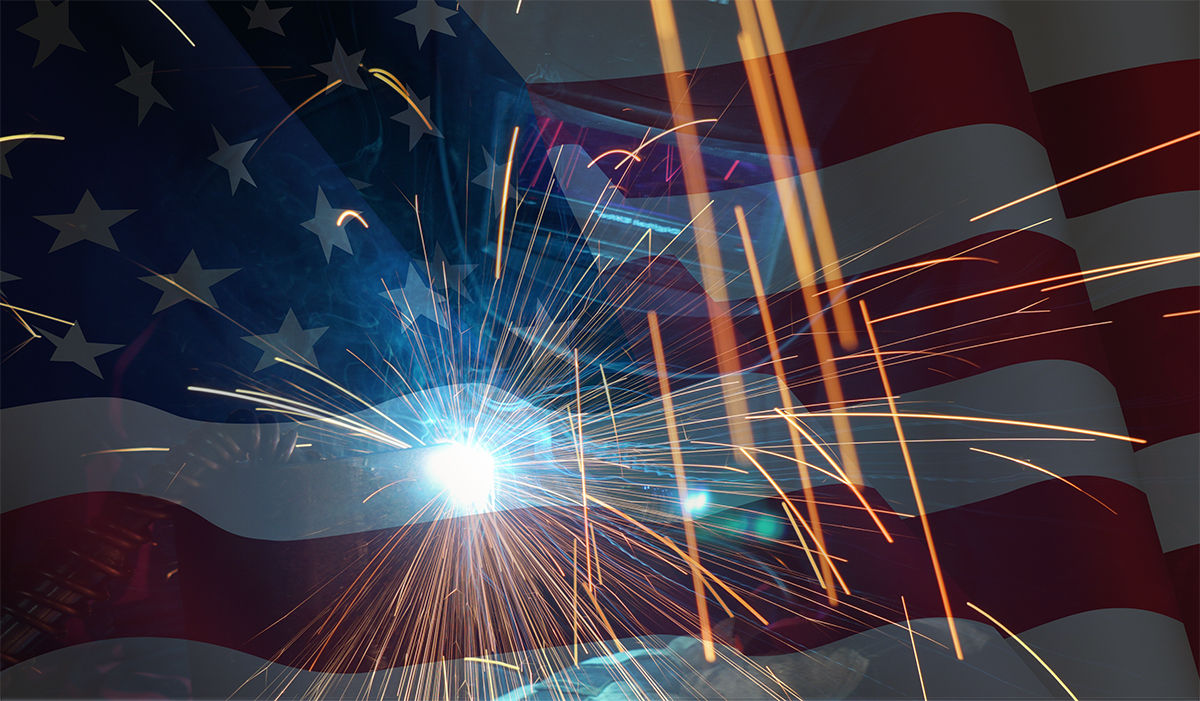
TIG Welding
TIG welding uses a tungsten current form. Tungsten can be heated to a higher temperature than most other metals. A separate filler rod is used to fill the weld area and, because the arc does not pass directly through this material, a wider variety of materials can be used.
No other welding process allows welding with as many alloys in so many configurations. While this process is far more difficult than MIG welding, the welds can be truly beautiful — not just the means for joining two pieces of metal.
TIG is most commonly used to join thin materials, especially nonferrous metals (aluminum, magnesium, copper) and small-diameter, thin-wall tubing. The process is commonly used to repair tools and dies.


MIG Welding
MIG Welding uses an inert gas to shield the weld metal from being affected by undesired elements, such as oxygen. MIG welding uses an arc of electricity to complete a circuit between a continuously fed wire (from a positive charged wire-fed welding gun) to the material that has a ground clamp (this connects the metal to the negative side of the machine ).
When done correctly, it can produce uniform and continuous weld beads. It also allows you to cover more welding surface without having to stop.
The most common metals for this method are mild steel, stainless steel, and aluminum. The primary uses for this process are automotive, gates and fences, metal artwork, and many more non-structural projects.
Stick Welding
"Stick welding" is a slang term for manual metal arc welding (MMAW) or flux-shielded arc welding. The electrode is composed of solid metal rods that are coated with metal powders and other compounds held to the surface by a binding agent.
Stick welding is primarily used for heavy-duty iron and steel welds, but it can also be used to weld aluminum and other metals. It has wide application in the repair and maintenance industries and in the construction of heavy steel and iron structures.


Carbon Arc Gouging
Air carbon arc cutting, aka metal arc gouging, melts metal with the heat of a carbon arc.
This process is useful for cutting a variety of materials, but it is most commonly used on mild steel. But, the air jet used to blow away molten material can be dangerous because the molten material can be blown substantial distances.
The process is also very noisy. Metal removal is rapid. When the process is done properly, a smooth, half-cylindrical cavity is created.
Plasma Cutting
Plasma cutting mostly uses torches with a copper nozzle to constrict the gas-stream arc flowing through it. That arc jumps from an electrode in the torch to something else — usually the conductive material being cut.
So that means that plasma cutting is only used for materials that are conductive, primarily mild steel, stainless steel, and aluminum. But lots of other metals and alloys are conductive too, such as copper, brass, titanium, cast iron, etc. The problem is that, for some metals, the melting temperature makes them difficult to cut with a good quality edge.




